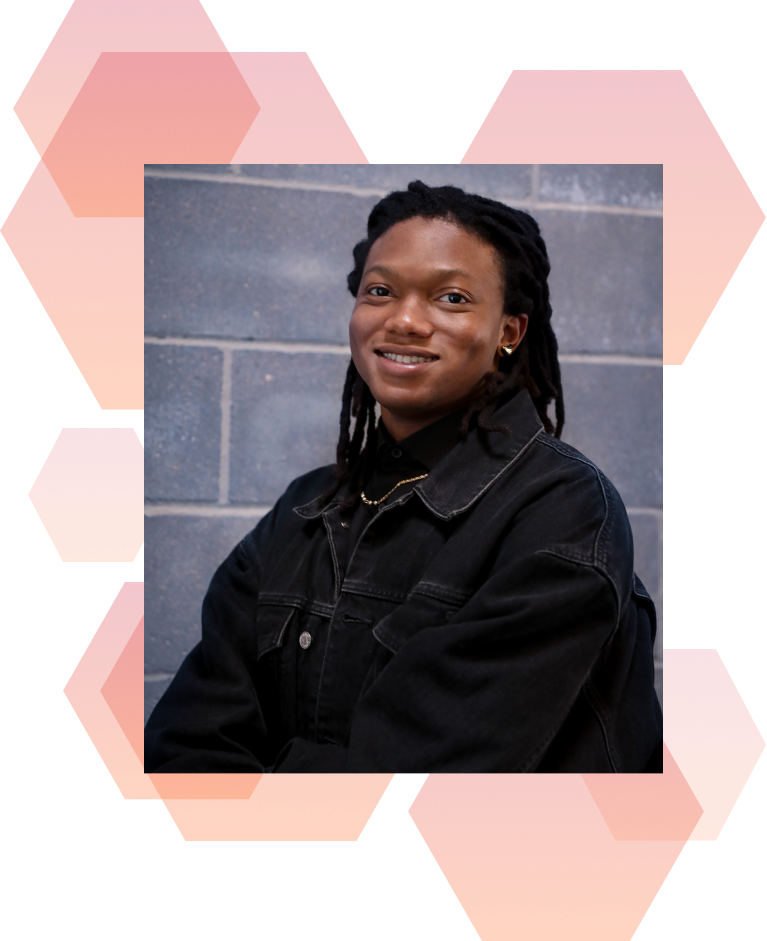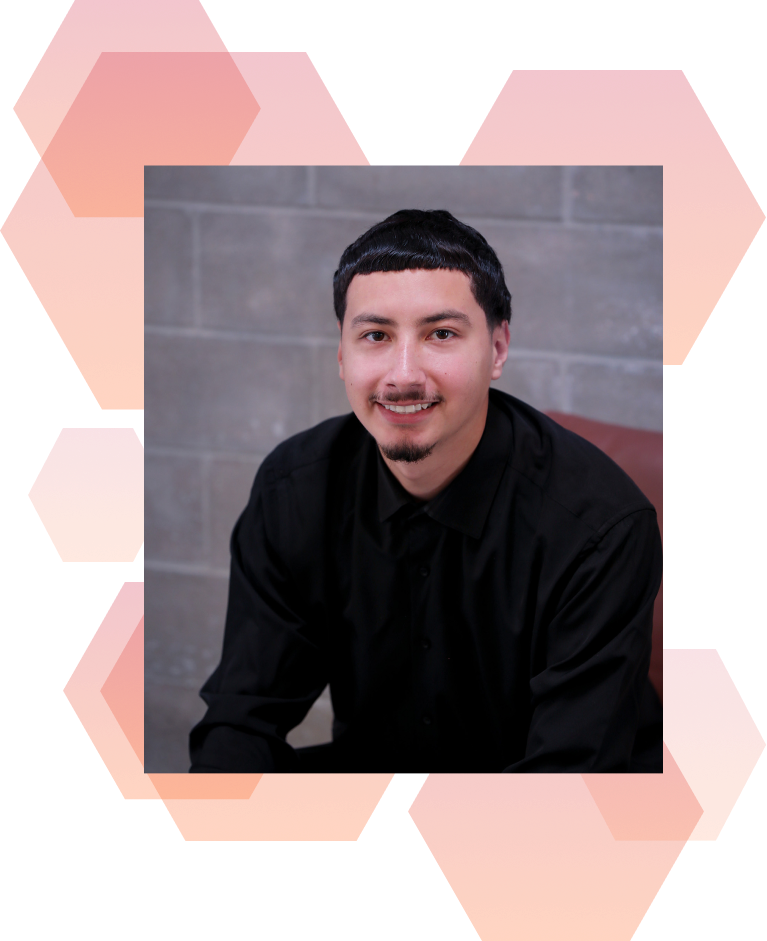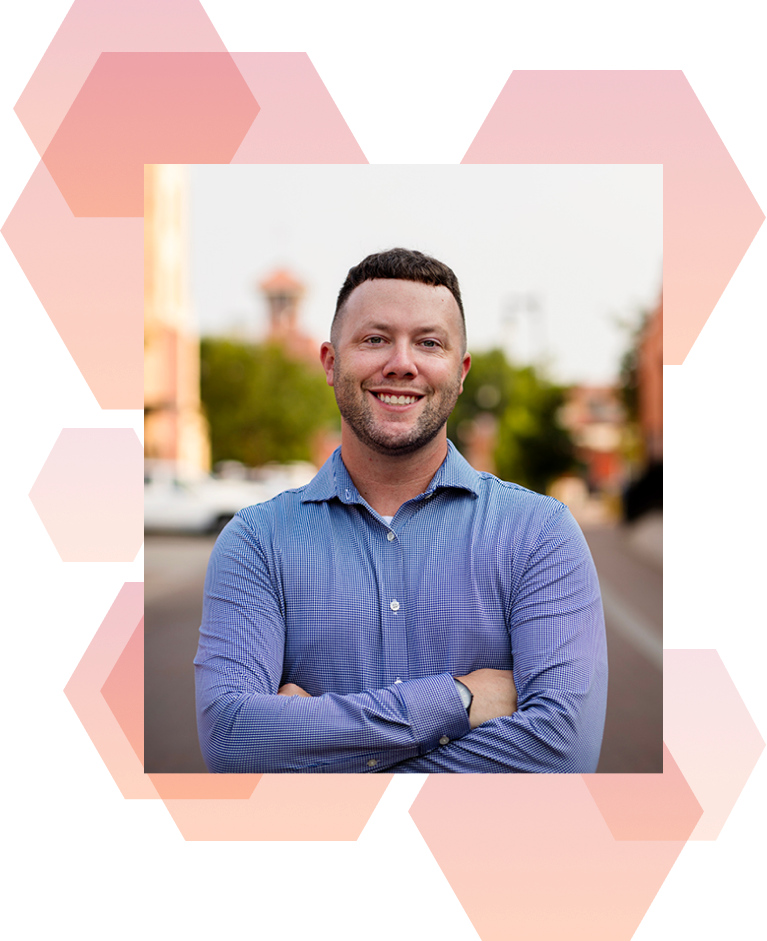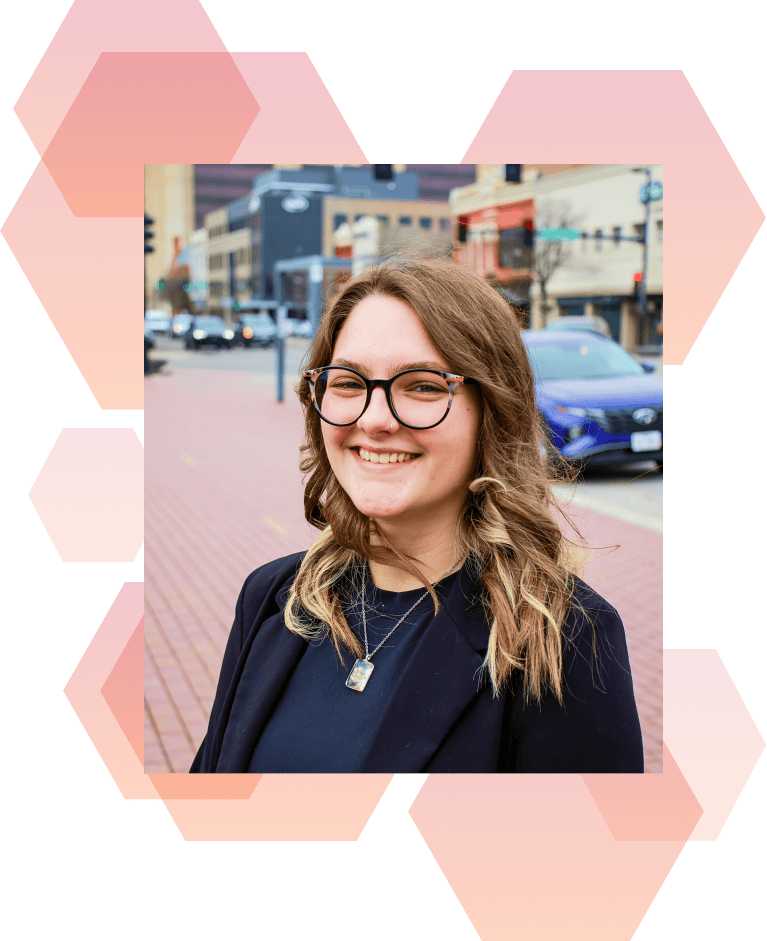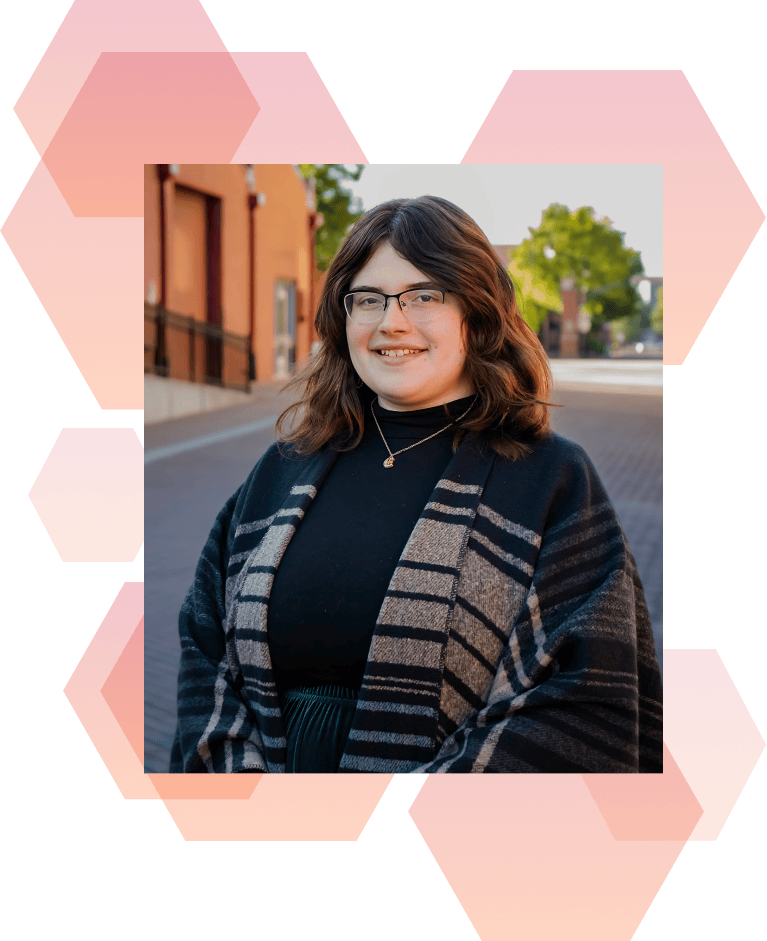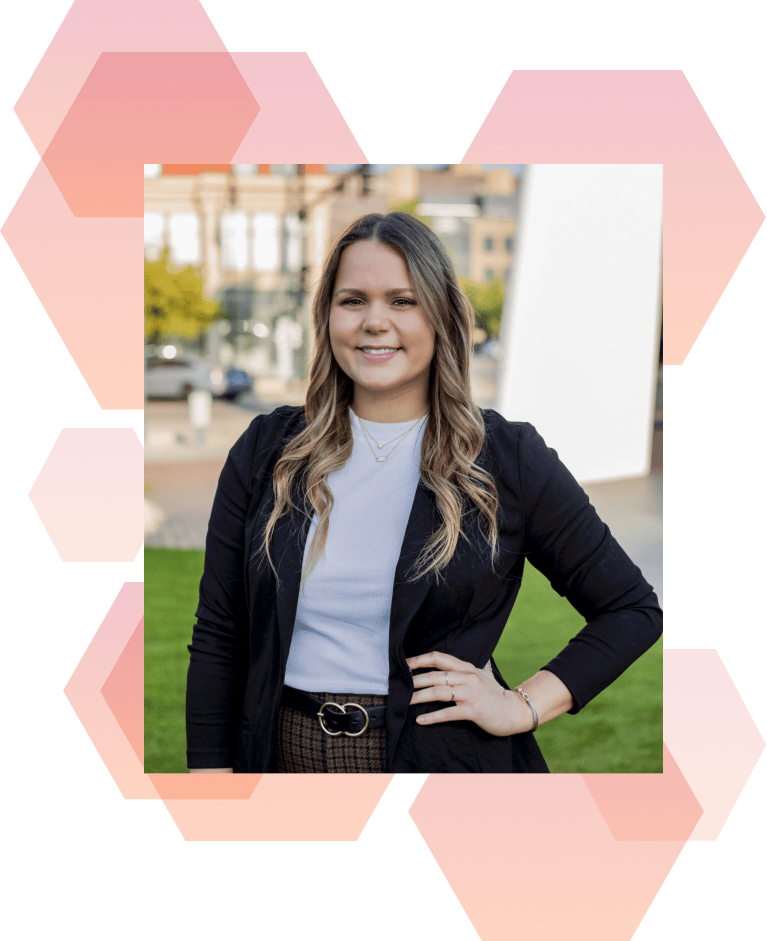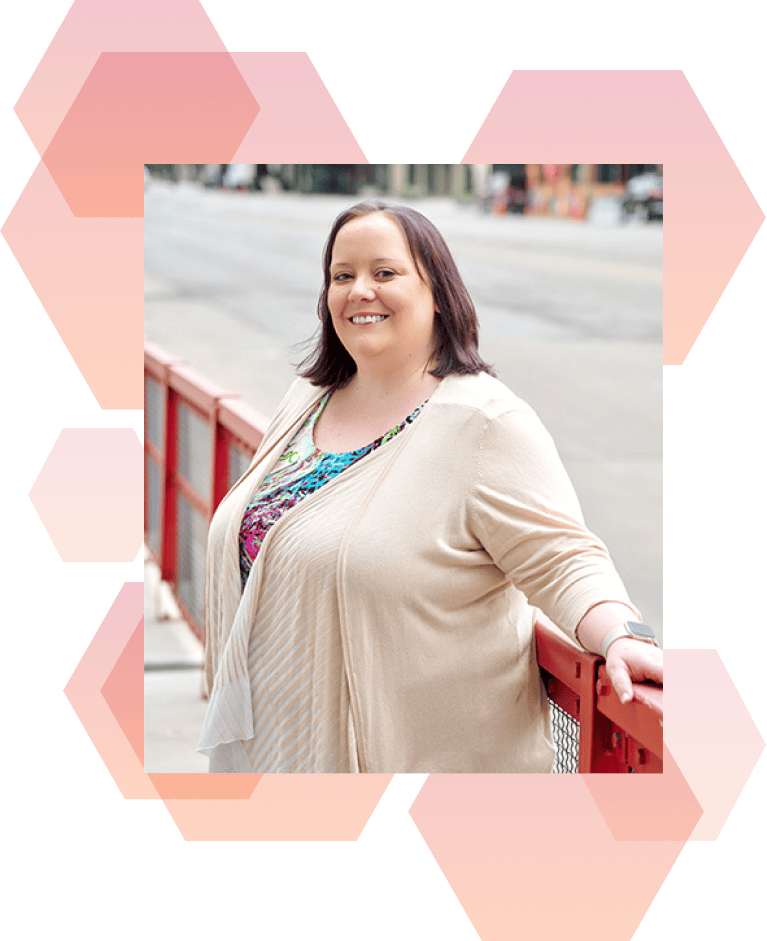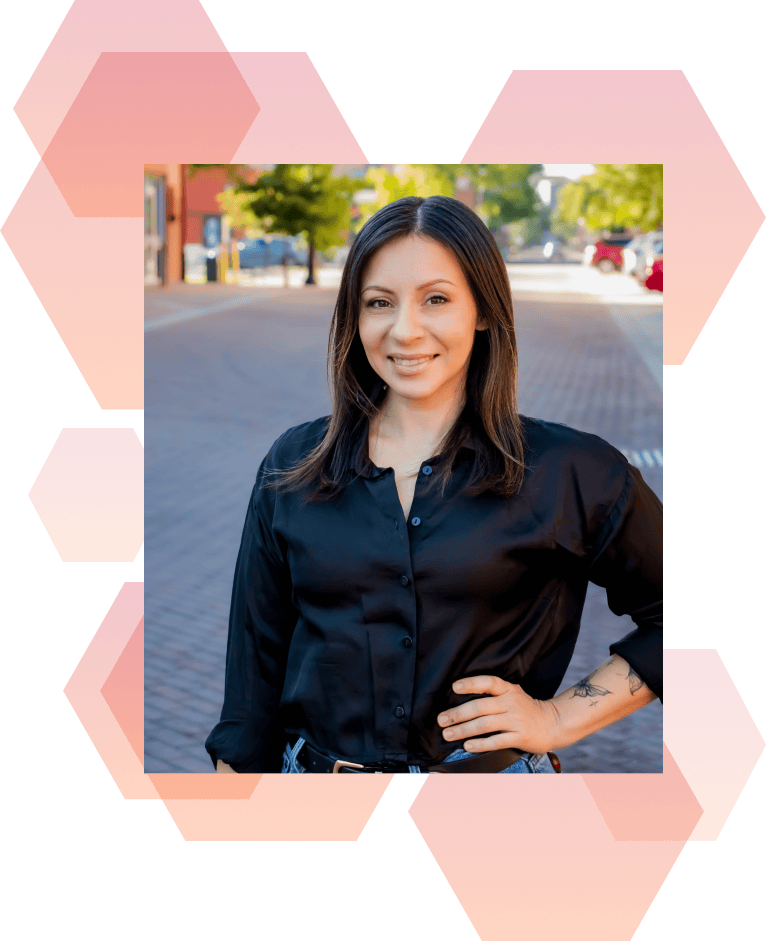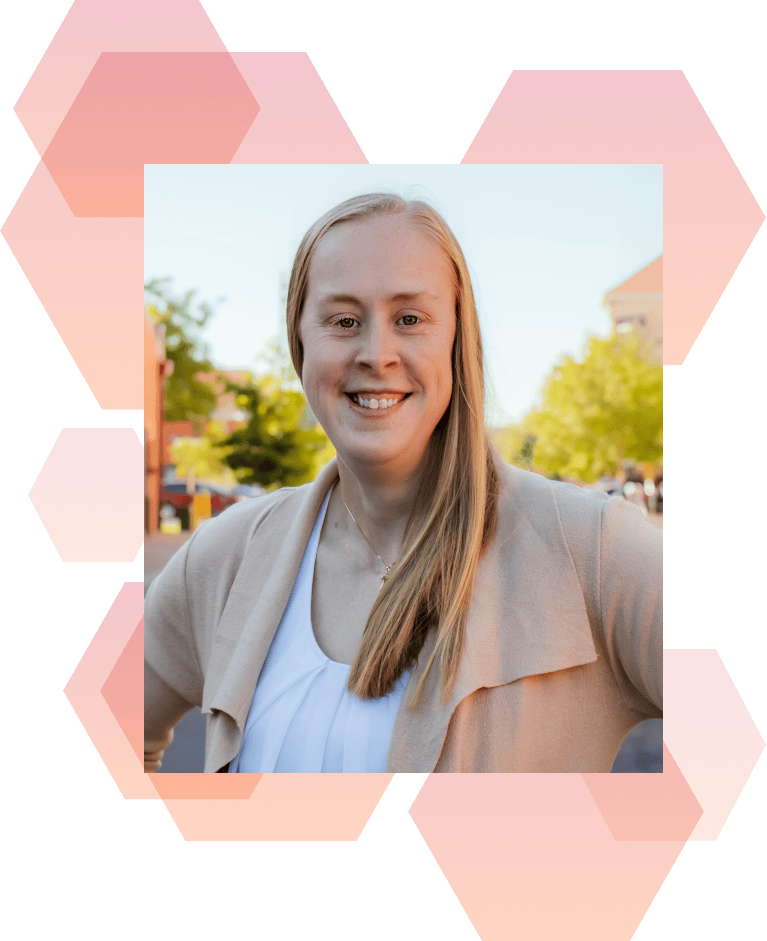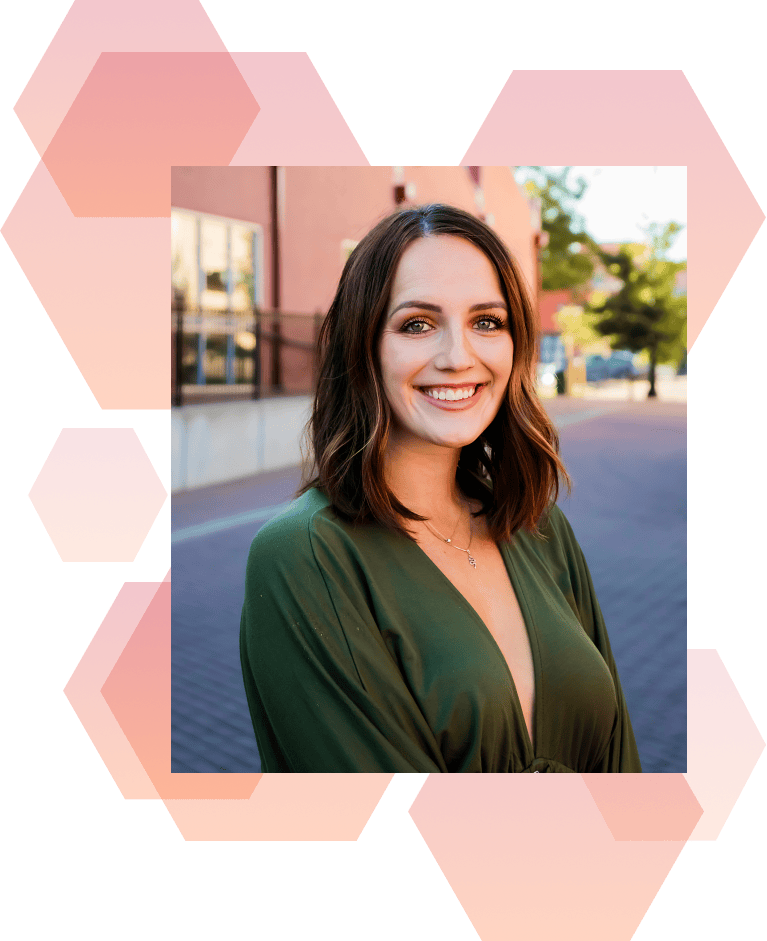In the field of Graphic Design, we bounce back and forth between the Adobe programs all day, everyday (hello computer crash)… It is impossible to not have AT LEAST two programs open at once — sorry Marisa. But why? What do they each do and why can’t we accomplish all of our design needs in ONE? That would be too easy.
Adobe has 16 different software programs. They are all designed to do different things. Let me break down a few of the graphic design specific programs for you…the ones that I have open all day and tend to overload (not only myself) but my hard drive as well.
1. Adobe Illustrator
Illustrator is best used for “illustration”– print/vector graphics. Vector artwork uses mathematical equations so that an image created in Illustrator can be scaled up or down without reducing image quality. These mathematical formulas precisely recalculate their position when an image is resized. Logos, business cards, posters, single page documents and large format print projects are ideal for Illustrator.
2. Adobe InDesign
Like Illustrator, InDesign is a vector based program. InDesign is best suited for multi-page print documents. Multi-page layouts created in Illustrator tend to be needlessly large. InDesign is highly intuitive and makes building a large copy document as easy as possible. Multiple page layouts can easily be created with ‘facing pages’. This helps the designer see the ‘spread’– the two pages visible when you open a book or magazine. InDesign also saves you some time with the ‘master page’ option. If you have a consistent element that will be used on every page, you place that on the master page and like magic it will appear on every page (unless you ‘override’ a certain page for whatever reason.) A good example of this would be page numbers or headers/footers. And yes, InDesign automatically updates the page numbers, saving you lots of time! Think of it like this… InDesign is the home base where you layout your elements created in Photoshop and/or Illustrator.
3. Adobe Photoshop
Adobe Photoshop is a critical tool for designers, web developers, graphic artists, photographers, and creative professionals. It is widely used for photo editing & retouching, email marketing, social media graphics and website design. While it has the capability to design for print, it is a raster (not vector) based program. Meaning while on screen these images may look great, they aren’t great for print. Graphics done in Photoshop are a series of pixels and sometimes can look jagged or grainy (ie- pixelated) when set up for print.
So there you have it! A VERY CONDENSED explanation. One program is definitely not better than the other, they’re just different. In most cases, it is best to use these programs together since they all have their different strengths.


